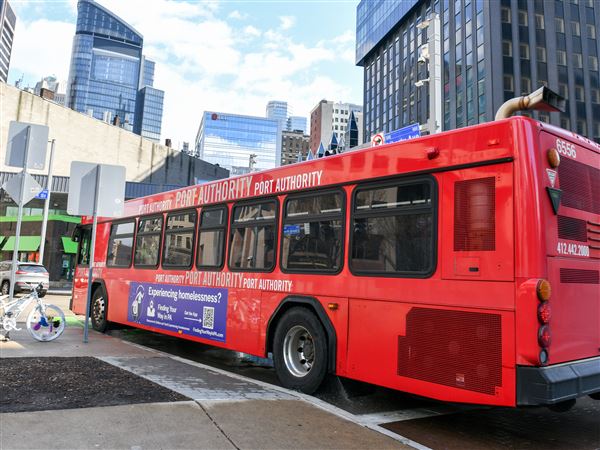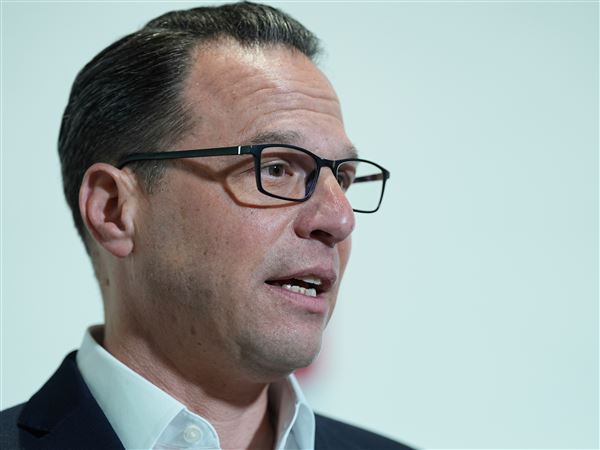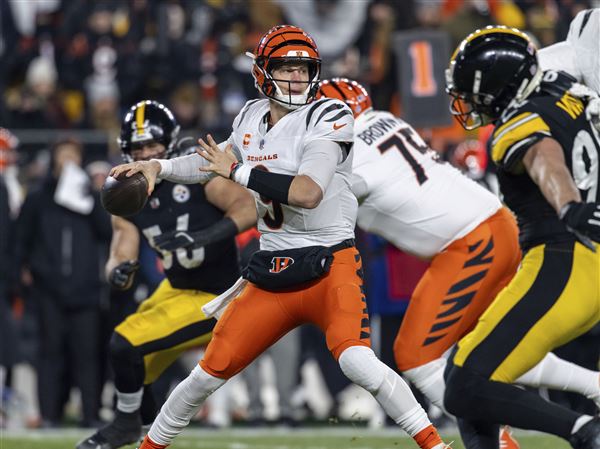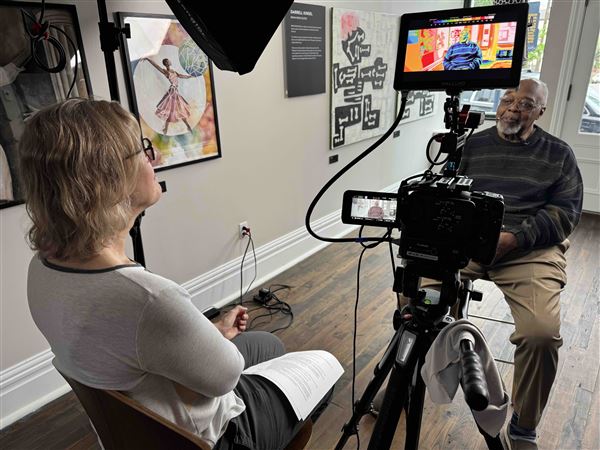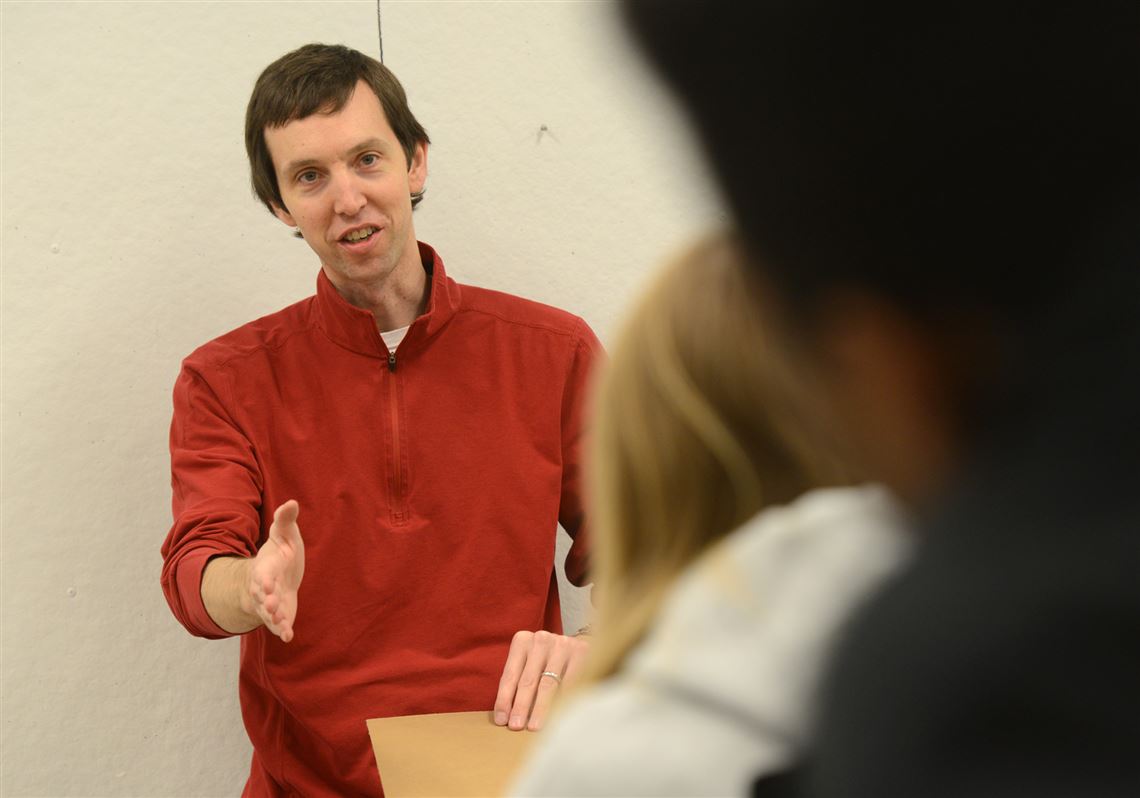When a flap over "Duck Dynasty" star Phil Robertson's comments about homosexuality broke out in late December, Indiana University of Pennsylvania associate professor Michele Papakie started to receive emails and texts from students in her recently concluded public relations campaigns class.
"Why couldn't this have happened during school?" they wrote, referencing an assignment when they had to make up a crisis that would damage the reputation of a company. "We could be talking about crisis communication."
Not that long ago, if a student wanted to talk to a professor outside of class, there was a time and a place for that, namely office hours.
Communication between students and teachers didn't happen much on school breaks. It didn't happen on weekends, and it didn't happen in the middle of the night.
But in an era of email and social media, the rules have changed -- leaving individual teachers and students to muddle through what those rules are.
For Jon Radermacher, a professor and department head of media arts at Robert Morris University, setting limits on student communication is important.
"I find that setting boundaries is important, and the boundaries are usually respected," he said.
Though Mr. Radermacher's cell phone number is on his business card, he asks students to contact him primarily via email. They know that if they email on weekends, they generally won't receive a response until the work week.
"I have a personal life and a family, too -- I can't be answering email and phone calls seven days a week," he said.
Because she is single and her son is grown, Ms. Papakie, chairwoman of the IUP journalism department, doesn't mind the interruptions.
Ms. Papakie, who has taught classes on social media, believes that she -- and her students -- should be fluent with as many forms of communication as possible.
Students communicate with her via Twitter and Facebook as well as email. And when students suggested that she also join Instagram, she did.
"I love social media," she said. "It drives me nuts at times -- you feel so harried -- but the benefits far outweigh the negatives."
Ms. Papakie appreciates how deeply her students are able to engage in class -- even if they demonstrate it by texting her at all hours. She tells them they can text all night if they want to -- that it won't wake her up -- but asks them not to call her after 10 p.m.
She also has sent messages to students who seem to be struggling. Thinking back to her student days, she said, "No professor had any kind of insight into my world -- now we have all these opportunities to help them."
For Arlan Hess, a lecturer in the English department at Washington & Jefferson College, Facebook also has been a way to support students or comfort them in their disappointments. But she also takes steps to protect her own privacy.
"As soon as I accept their friendship, I put as many restrictions on them as I can," she said. "They don't see my photos, they don't see my wall, but I can keep an eye on them."
Ms. Hess has found instructional applications for social media as well. In one of her composition classes during fall semester, she created a hashtag for posting materials that would carry the discussion outside the classroom.
Students were not obligated to read the extra materials or even to join Twitter, but she was pleasantly surprised by the number of students who seemed to enjoy following along.
But she also finds the boundaries of social media to be difficult. What if students email her at midnight and she doesn't respond, but they can see that she's online "liking" a Facebook post?
"I want to be available for my students, but I don't want to be indulgent of my students," she said.
Like other professors, Ms. Hess asks her students to use correct grammar and spelling in their email messages, in preparation for the working world.
Some professors have to remind students that it's important to use email at all. To some degree, email has "lost its punch" among students, given the evolution of social media, Mr. Radermacher said.
Ms. Papakie has to inform students that checking email is a necessary part of class. "Maybe you aren't checking your email much, but that's how I'm going to communicate coursework," she tells her students. "You can't go out into the workforce and say, 'I'm not going to check my email.' "
Ms. Papakie worries that students sometimes try to hide behind lengthy emails instead of having an in-person discussion.
"You can't hide behind the electronic things," she said. "It's important that they're able to handle the confrontation."
For all the extra work that social media and other forms of communication can bring, it's also another way that students can showcase their emerging skills, Ms. Papakie said.
"They know how to get followers, come up with engaging posts, create that online community and keep a conversation going," she said. "I really am impressed."
First Published: February 13, 2014, 5:00 a.m.
